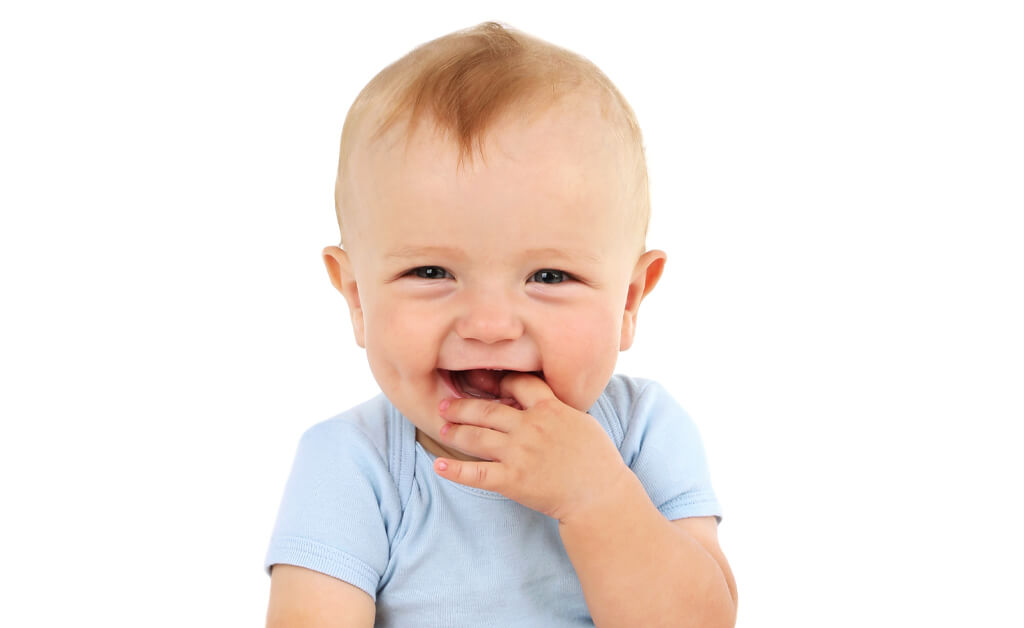The day when your infant’s first tooth emerges is a big milestone. Your child’s teeth are coming in! Even though baby teeth will eventually fall out, taking good care of them is incredibly important.
Even tiny baby teeth are susceptible to decay and cavities, which could cause oral health problems for your child in the future. In this blog, we’ll explain what baby bottle tooth decay is, how to avoid it, and what can be done if it happens to your little one.
The battle to protect baby teeth
Baby bottle tooth decay is the term used to describe tooth decay in infants and toddlers. It happens most often on the upper front teeth, but other teeth can also be affected.
One of the most common causes of baby bottle tooth decay is continuous exposure to sugary drinks, especially if the child drinks from a bottle or sippy cup as they fall asleep. Baby bottle tooth decay can also occur when children are allowed to drink anything other than water from a bottle or sippy cup throughout the day.
It’s probably no surprise that sugar is found in juice and many types of snacks, but sugar is also present in milk and baby formula. When an infant or toddler falls asleep with a bottle or sippy cup–or uses one for extended periods of time–the sugar in whatever they are drinking tends to coat their teeth, causing decay more quickly.
How sugar turns into decay
Just like most kids, the bacteria in your child’s mouth loves sugar. When baby teeth come into frequent contact with too much sugar through food or liquids, the bacteria feeds on it and changes the sugar into acid. This acid attacks and weakens your child’s tooth enamel, potentially leading to decay and cavities. (Yes, even babies can get cavities.)
Cavity-causing bacteria can also be passed to an infant or toddler through their caregiver’s saliva. When you put your child’s feeding spoon into your mouth, drink from the same cup, or use your mouth to clean their pacifier, bacteria can easily get passed to your child–where it patiently waits for sugar to arrive.
Signs of baby bottle tooth decay
Baby bottle tooth decay may first appear as white spots on your child’s gum line or as brown or dark spots on their teeth. However, these signs may be difficult to see on tiny baby teeth without the proper equipment. This is one of many reasons why the American Academy of Pediatric Dentistry and the American Academy of Pediatrics strongly encourage taking your child to the dentist for their first visit by age one. A board-certified pediatric dentist from Smiles In Motion Pediatric Dentistry can give you a clear plan for caring for your child’s teeth and help you prevent early decay right from the start.
Don’t ignore baby bottle tooth decay
If left untreated, baby bottle tooth decay can lead to:
- Cavities and gum disease
- Pain and discomfort in your child’s mouth
- Infection that can cause other health issues
- Premature baby tooth loss (if the remaining baby teeth move, there may not be enough room for permanent teeth to come in)
- Costly dental care in the future
- Poor eating habits
- Speech problems
If you’re a parent who uses a bottle or sippy cup to soothe your baby or lull them to sleep, we understand. Our experienced team sees this often and we are trained to provide you with the information and care you need to help protect your child’s teeth–with no judgment, ever. We’ll work as partners to put an end to baby bottle tooth decay together.
Tips and tricks for preventing baby bottle tooth decay
There are many things that you can do to avoid baby bottle tooth decay and protect one of your child’s best assets–their smile.
- If you give your child a bottle or sippy cup, fill it with water instead of milk, baby formula, or juice. (If your drinking water is fluoridated, even better!)
- Don’t allow your child to walk or play with a bottle dangling from their mouth.
- Teach your child how to drink from a cup as soon as possible. The American Dental Association recommends switching from a bottle to a cup by your child’s first birthday.
- Keep your baby’s mouth clean by gently wiping their gums with a soft washcloth. Once their first teeth emerge, you can brush them with a soft baby toothbrush and a small smear of fluoride toothpaste (about the size of a grain of rice).
- Just say no to juice–the American Academy of Pediatrics recommends no more than six ounces of juice per day for young children, and babies under six months should not drink juice at all.
- Bring your child to Smiles In Motion Pediatric Dentistry!
Schedule your appointment today
We hope you’ll come see for yourself why Smiles In Motion Pediatric Dentistry is such a special place. We provide high-quality dental care for infants (starting at age one) to young adults, and everything in-between! To schedule an appointment, contact us today.
